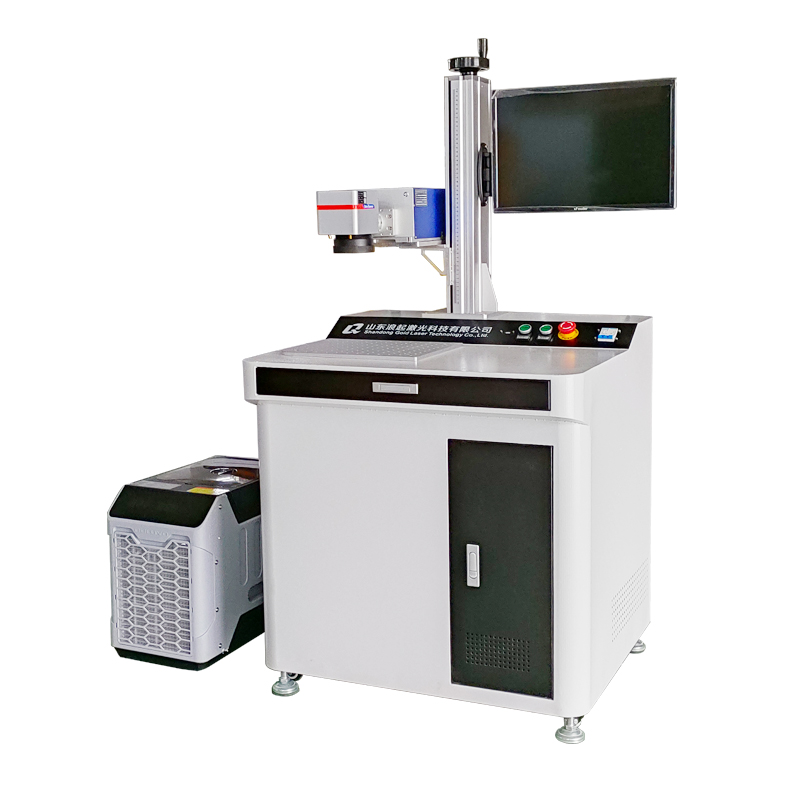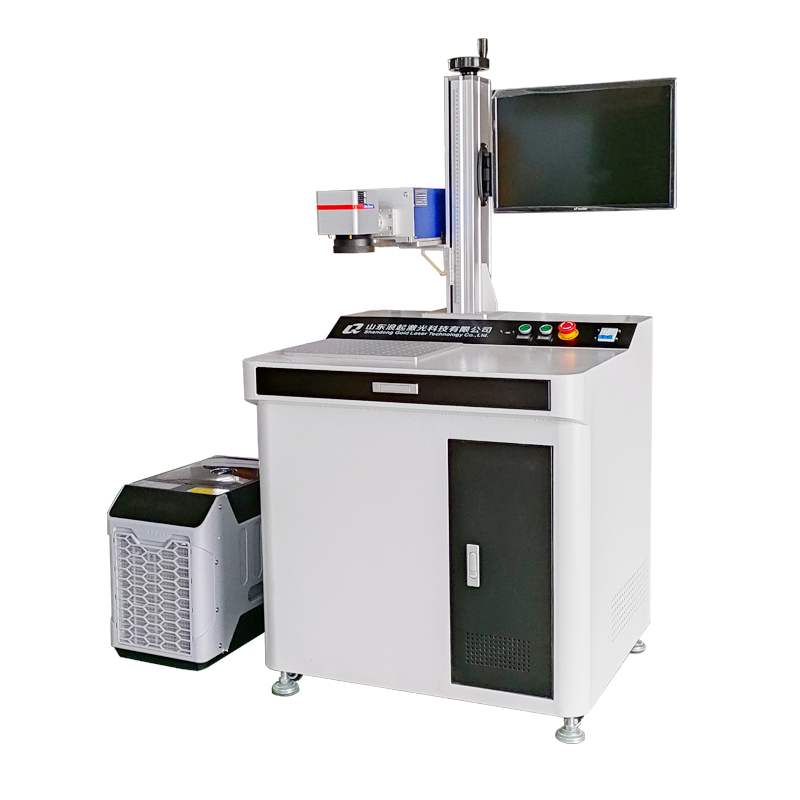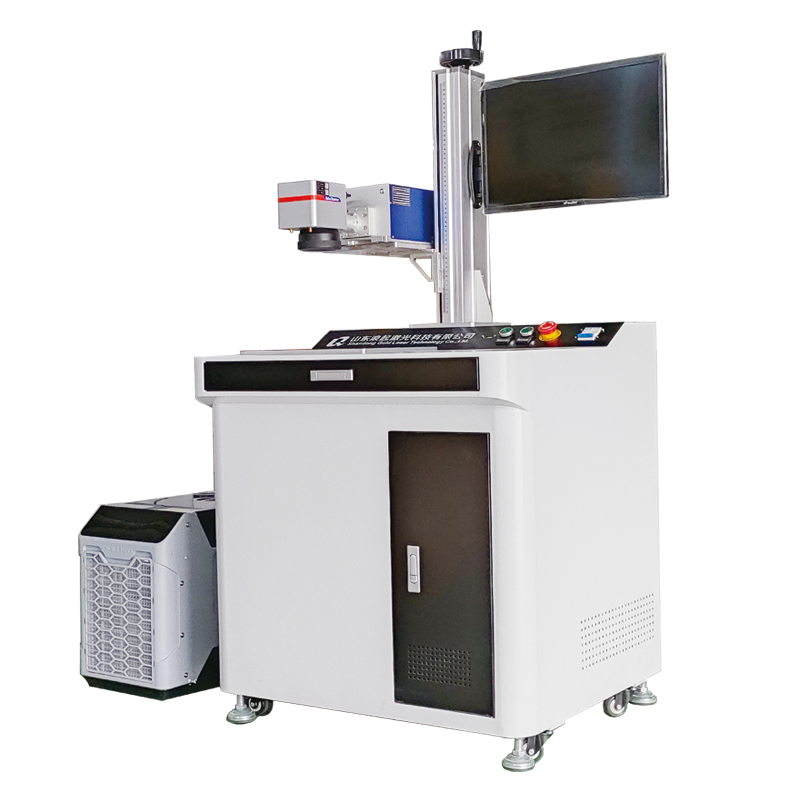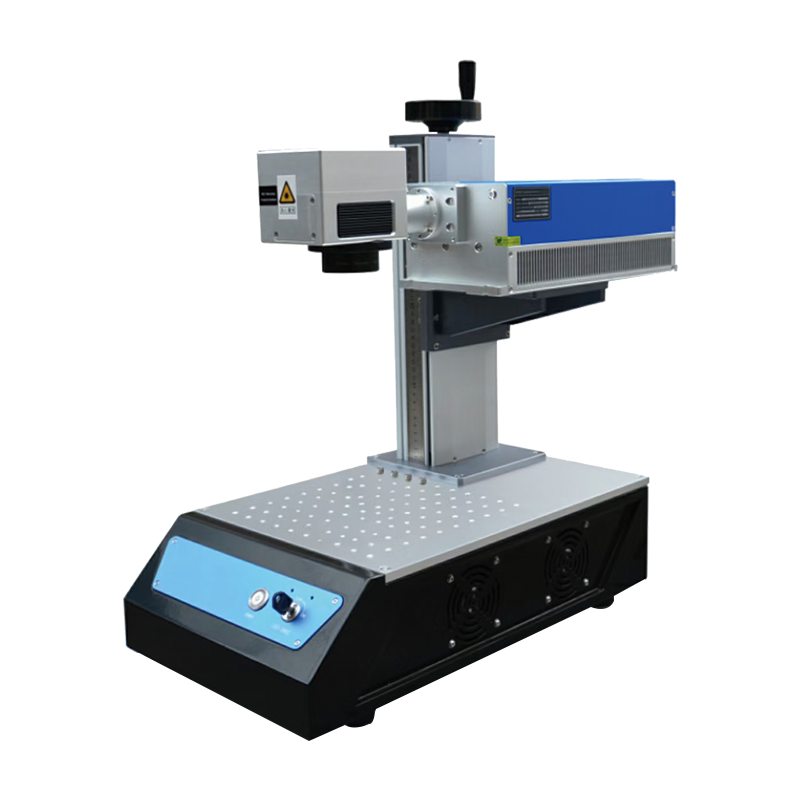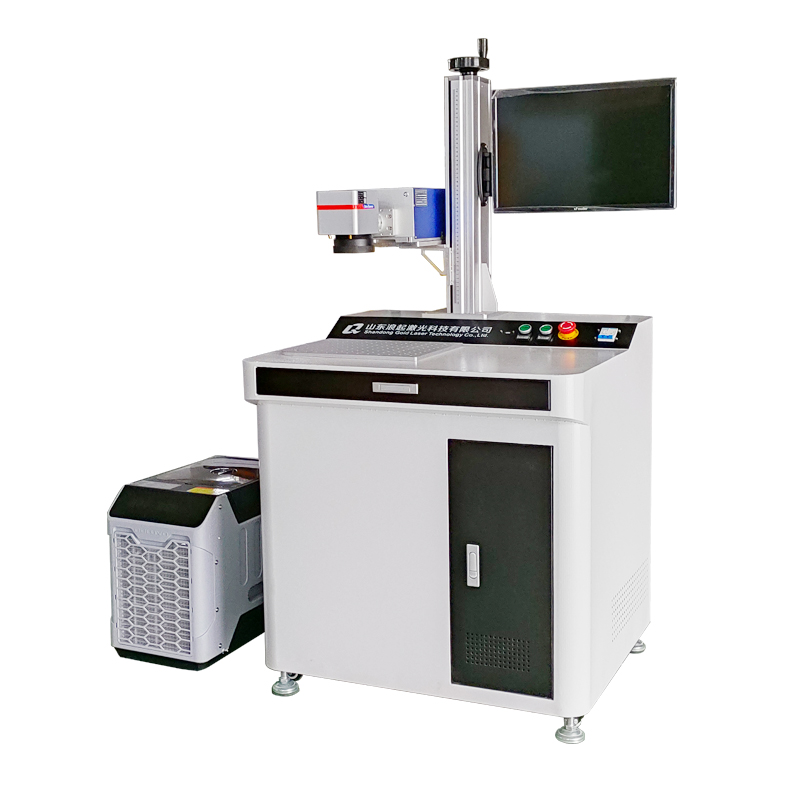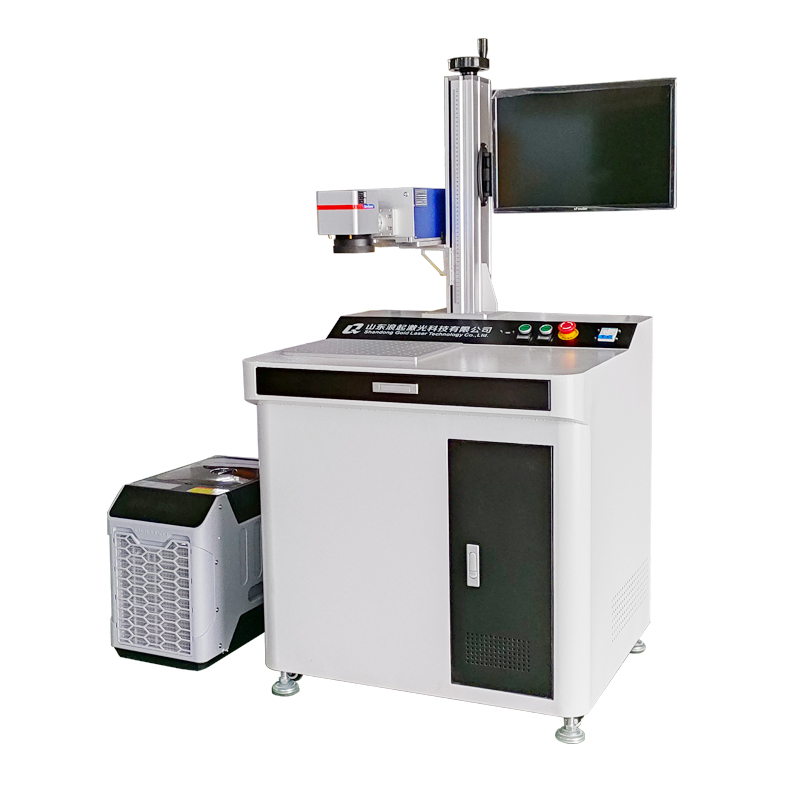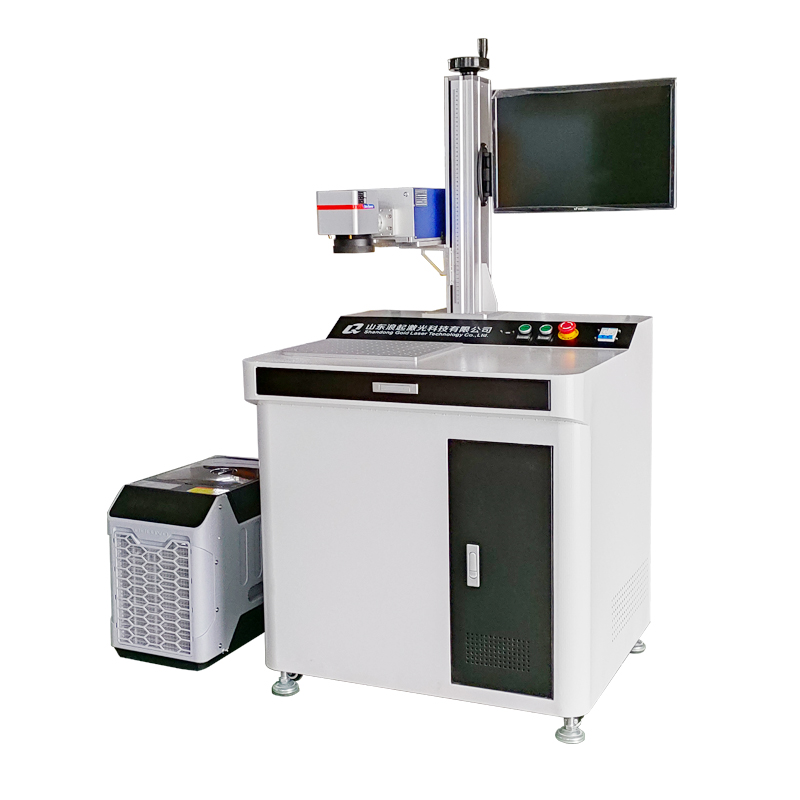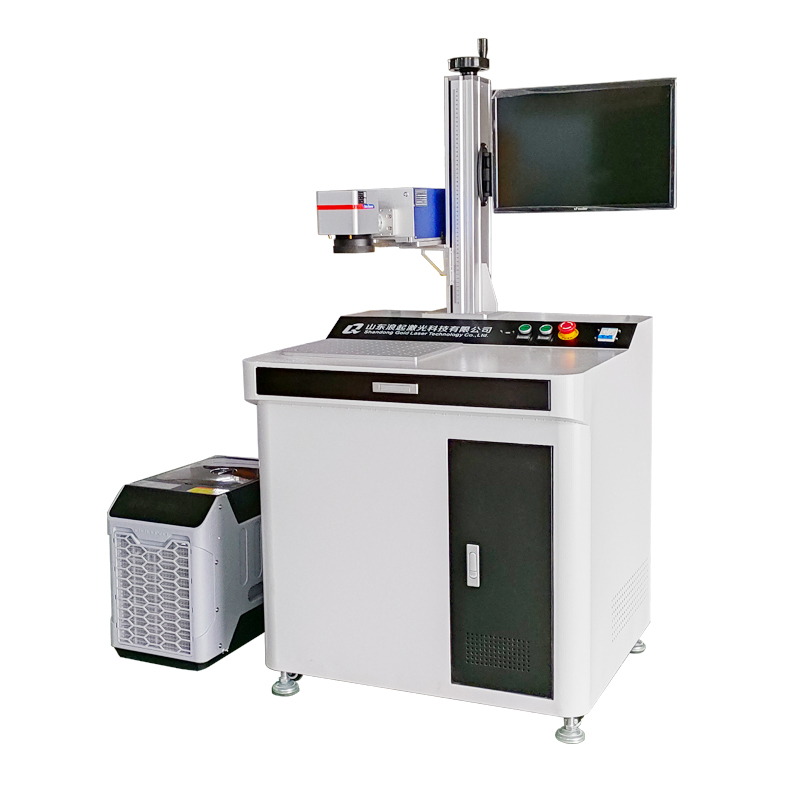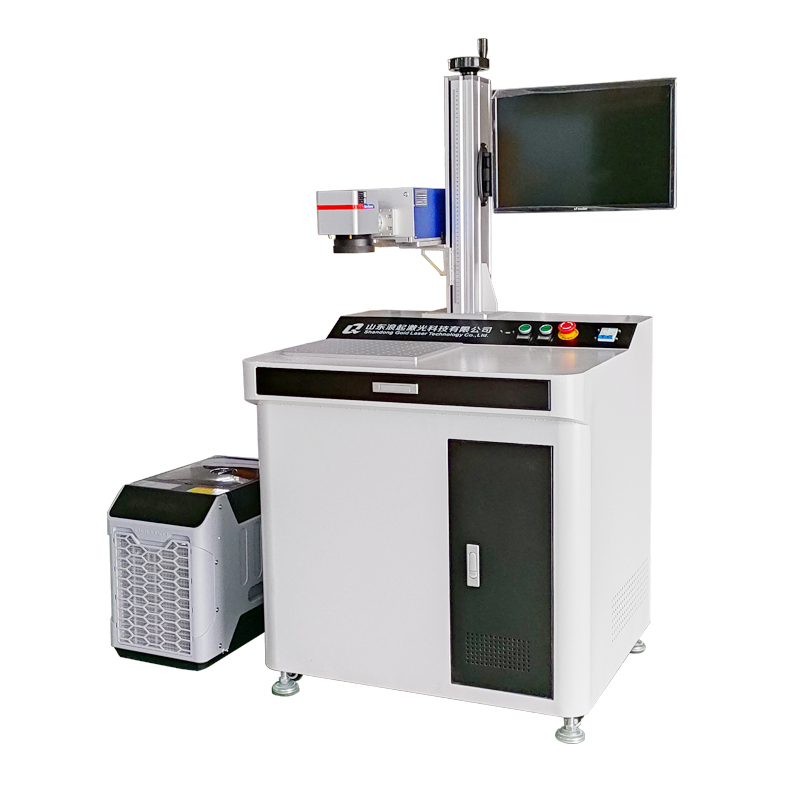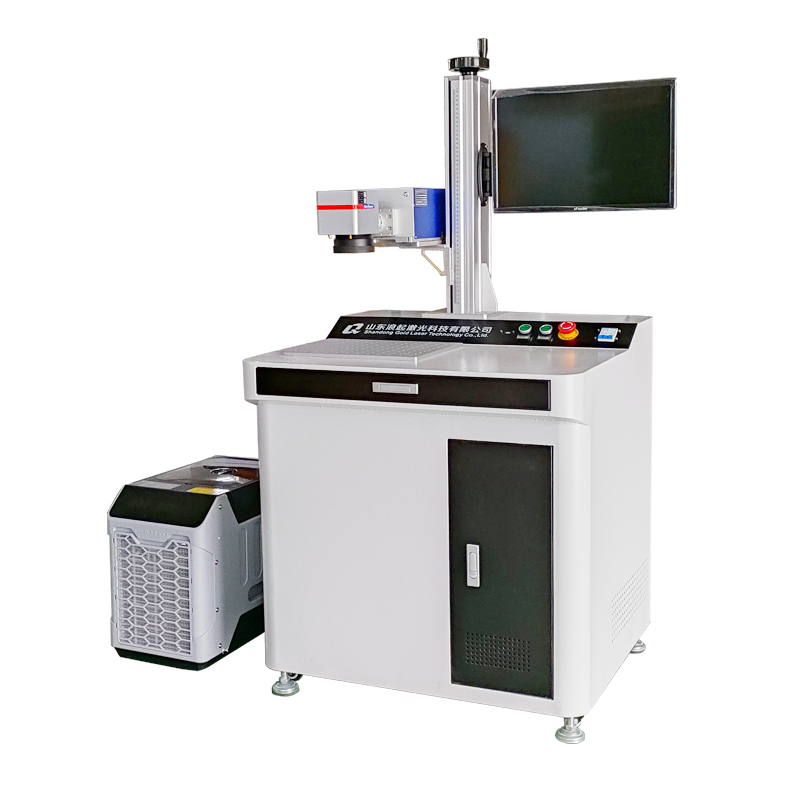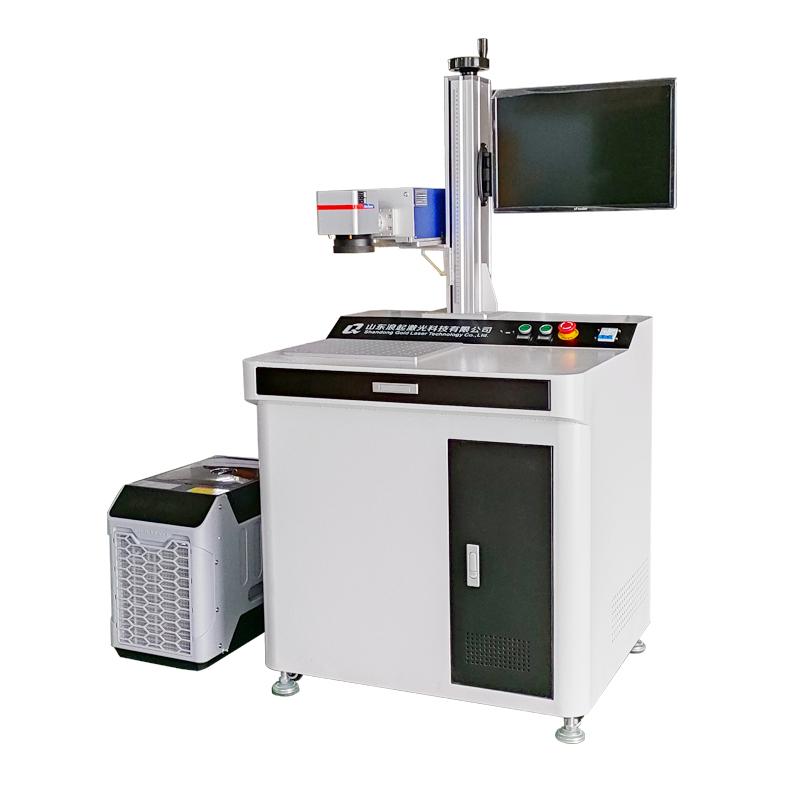- Executive Summary: The Quick Guide
- Understanding the UV Laser Advantage
- Key Factors to Consider When Choosing Laser Power
- 1. Material Type and Sensitivity
- 2. Desired Marking Effect (What do you want the mark to look like?)
- 3. Production Speed and Throughput
- 4. Budget
- Power Comparison Table & Recommendations
- Decision Framework: A Step-by-Step Guide
- Practical Example
Of course! Choosing the right laser power for a UV laser marking machine is a critical decision that balances performance, cost, and application requirements. Here is a comprehensive guide to advise you on the selection process.
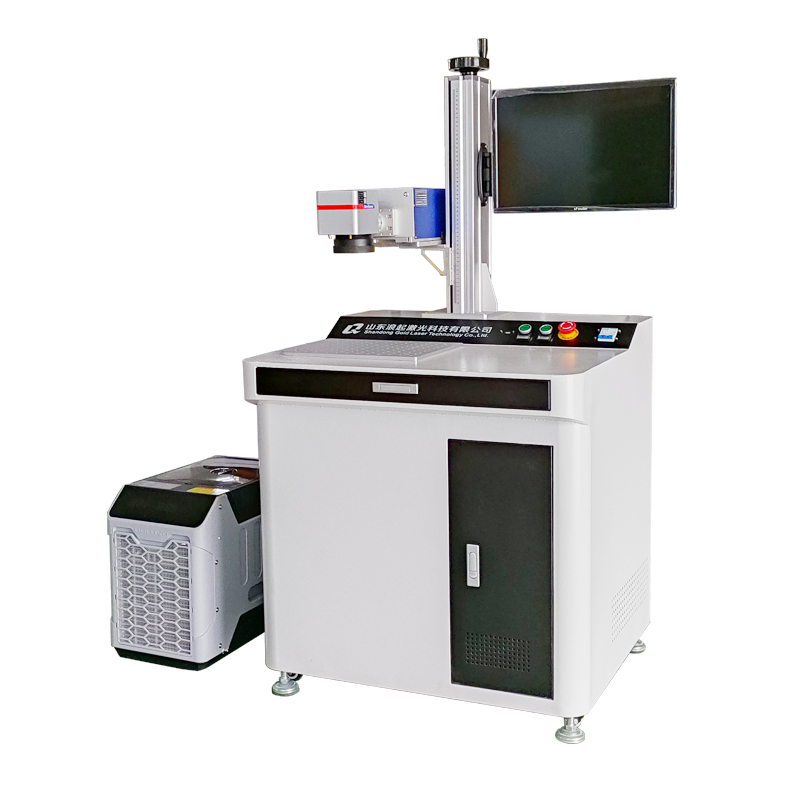
Executive Summary: The Quick Guide
3W - 5W: Ideal for fine marking on plastics, sensitive electronics (IC chips), glass, and high-contrast annealing on medical devices. Best for low to medium production speeds.
10W - 15W (The Sweet Spot): The most versatile and popular range. Suitable for most applications, including deep engraving, faster marking on various plastics, metals, and ceramics. Excellent for high-speed production lines.
20W and above: For heavy-duty industrial applications. Used for high-speed deep engraving, abrasive material removal, and specialized applications like ceramic scribing or machining.
Understanding the UV Laser Advantage
First, it's important to know why you're choosing a UV laser. Unlike traditional infrared (IR) fiber lasers, UV lasers operate at a shorter wavelength (355nm). This means they are "cold" lasers.
Cold Ablation: Instead of melting and vaporizing material through heat (thermal effect), the high-photon energy of UV light breaks the molecular bonds of the material directly. This results in:
High Precision: Extremely fine details and small character sizes.
Minimal Heat-Affected Zone (HAZ): No burning, cracking, or thermal damage to the surrounding material.
High Contrast on Difficult Materials: Excellent for marking plastics, glass, and sensitive coatings without causing damage.
Key Factors to Consider When Choosing Laser Power
Think of laser power as the "engine size." A more powerful engine can do the same job faster or a harder job effectively.
1. Material Type and Sensitivity
This is the most important factor.
Sensitive Materials (Require Low Power - 3W to 5W):
IC Chips, PCB Boards, Semiconductor Wafers: These are extremely sensitive to heat. A lower power UV laser ensures marking (like serial numbers, logos) without damaging the internal circuitry.
Thin Plastic Films, PET Bottles: Prevents burning or warping.
Glass (Surface Marking): For a smooth, frosty white mark without micro-cracks.
Medical Devices (Annealing): Creating a dark, high-contrast mark on stainless steel without compromising the surface integrity.
Robust Materials (Benefit from Higher Power - 10W and above):
Hard Plastics (e.g., ABS, Polycarbonate): Higher power allows for faster marking or deeper engraving.
Metals (Stainless Steel, Aluminum): For deeper engraving or faster speeds.
Ceramics: Higher power is needed for effective engraving.
2. Desired Marking Effect (What do you want the mark to look like?)
Surface Annealing/Discoloration (Dark Mark on Metal): Lower to medium power (3W-10W) is often sufficient and produces a clean, high-contrast mark.
Deep Engraving/Removal: You need higher power (10W-15W+) to remove material quickly and achieve significant depth.
Fine Etching/Ablation (e.g., QR Codes on Silicon): Lower power (3W-5W) provides superior control for shallow, precise marks.
3. Production Speed and Throughput
Low Volume / R&D: A 3W or 5W laser is cost-effective and sufficient.
High-Speed Production Lines: This is where higher power pays off. A 15W laser can mark the same image 3-5 times faster than a 3W laser. This increased throughput can justify the higher initial cost.
4. Budget
Initial Cost: Higher power lasers are more expensive.
Total Cost of Ownership (TCO): Consider consumables. The laser source (a "Q-switched DPSS laser") has a finite life, often measured in pulse hours. A higher-power laser may have a shorter lifespan if run at full capacity constantly, but a longer lifespan if run at lower power settings for high-speed work. Factor in the cost of replacement laser sources.
Power Comparison Table & Recommendations
| Laser Power | Typical Applications | Pros | Cons | Recommendation For |
|---|---|---|---|---|
| 3W - 5W | - Fine marking on IC chips, PCBs - Annealing on medical stainless steel - Frosting on glass - Marking on soft plastics & films | - Lowest cost - Minimal HAZ - Excellent for delicate work | - Slow marking speed - Limited ability for deep engraving | R&D labs, electronics manufacturers, medical device companies needing the ultimate in precision on sensitive parts. |
| 10W - 15W | - High-speed marking on most plastics - Deep engraving on metals & ceramics - Removing coatings/paint - Most general-purpose industrial marking | - Best balance of speed, capability, and cost - High versatility - Good for high-volume production | - Higher initial cost than low-power options | The go-to choice for most industrial applications. If you're unsure, this range offers the most flexibility. |
| 20W+ | - High-speed deep engraving - Micromachining (e.g., cutting thin films) - Ceramic scribing - Abrasive material processing | - Maximum speed and material removal rate | - Highest cost - Potential for increased HAZ if not calibrated properly | Specialized, heavy-duty industrial applications where speed and material removal are the top priorities. |
Decision Framework: A Step-by-Step Guide
Define Your Primary Application: What material will you mark 80% of the time? What kind of mark do you need (surface vs. deep)?
Prioritize Your Needs: Rank these in order of importance: Precision, Speed, Budget.
Test, Test, TEST!
This is non-negotiable. Any reputable laser supplier should offer to mark your actual sample parts with different power levels.
Provide them with your samples and your requirements (speed, contrast).
Evaluate the test marks under a microscope for quality and measure the speed.
Practical Example
Scenario A: "I need to mark a tiny, high-resolution Data Matrix code on a silicon wafer for traceability."
Analysis: The material is ultra-sensitive, and the requirement is precision, not speed.
Recommendation: A 3W or 5W UV laser is perfect. It will create a clean, readable mark without damaging the wafer.
Scenario B: "I need to engrave a serial number and logo 1mm deep onto a stainless steel tooling jig on a production line."
Analysis: The material is robust, the requirement is depth and durability, and speed is important for production.
Recommendation: A 10W or 15W UV laser is ideal. It will achieve the depth quickly and reliably.
Final Advice: While it's tempting to save money with a lower-power machine, underestimating your power needs can lead to bottlenecks and an inability to process certain materials. When in doubt, lean towards a slightly higher power (e.g., 10W-15W) as it gives you more flexibility for future applications. Always partner with a supplier who provides strong application support and testing.

